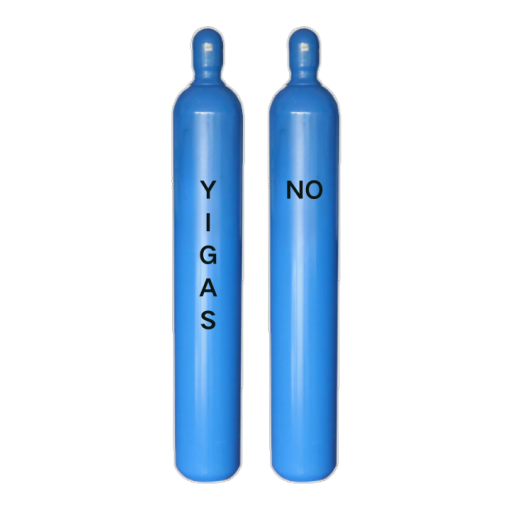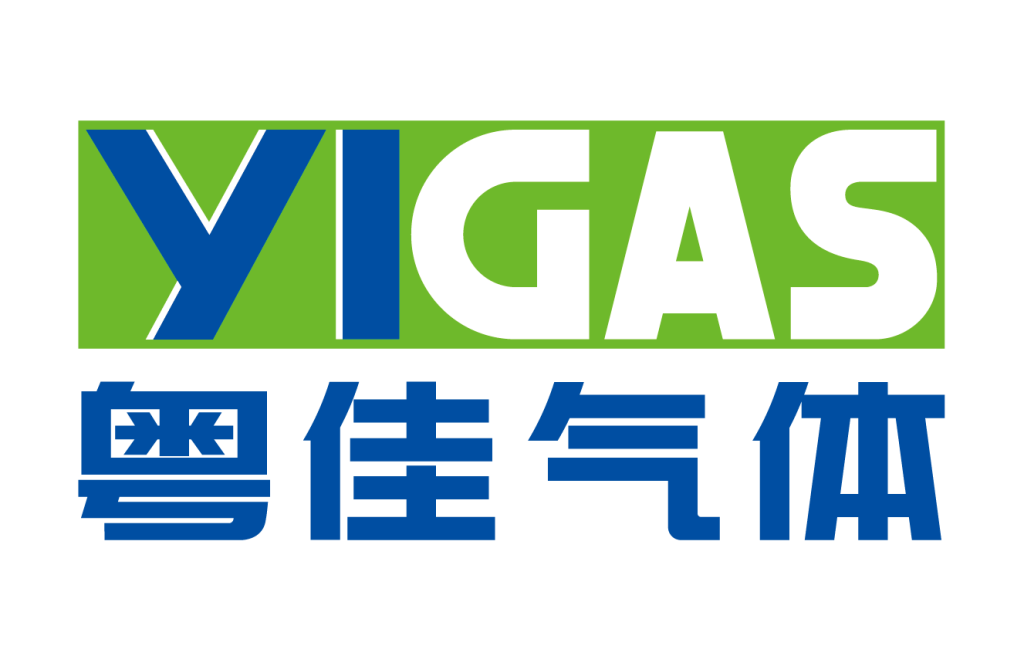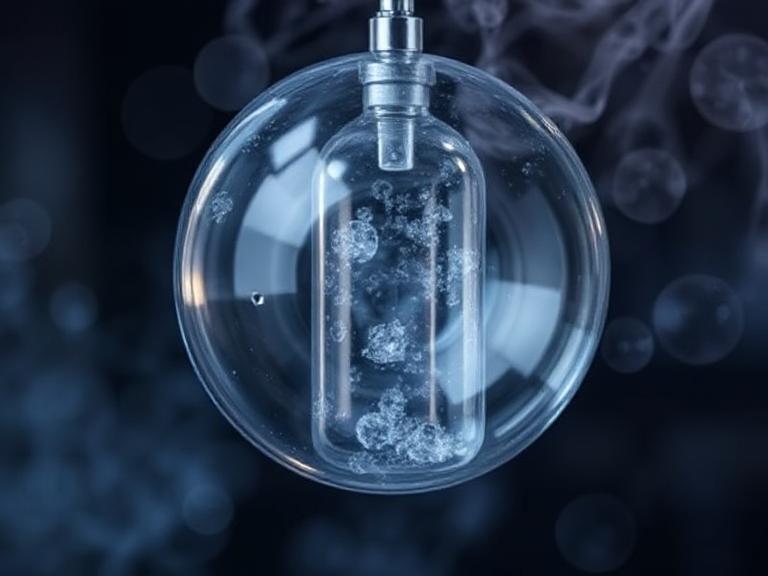Table of Contents
- Introduction
- Medical and Healthcare Applications
- Industrial and Manufacturing Uses
- Environmental and Emerging Technologies
- Safety and Compliance
- Product Specifications
- Conclusion
- Summary Table
Introduction
Oxygen (O₂) is a colorless, odorless gas essential for life and numerous industrial processes. Its applications span from critical medical therapies to advanced manufacturing and environmental technologies. Understanding the diverse uses of oxygen highlights its significance in various sectors.

Medical and Healthcare Applications
Life Support and Respiratory Therapy
Oxygen is vital in medical settings, particularly for patients with respiratory conditions. It is administered through ventilators to treat ailments such as Chronic Obstructive Pulmonary Disease (COPD), COVID-19, and for neonatal care. Supplemental oxygen ensures adequate oxygenation of tissues, improving patient outcomes.
Hyperbaric Oxygen Therapy (HBOT)
HBOT involves breathing pure oxygen in a pressurized environment. This therapy accelerates wound healing, treats decompression sickness, and manages carbon monoxide poisoning. By increasing oxygen concentration in the blood, HBOT promotes tissue repair and combats infections.
Long-Term Oxygen Therapy (LTOT)
For patients with chronic respiratory failure, LTOT provides continuous oxygen support. It improves survival rates, reduces hospitalizations, and enhances the quality of life for individuals with conditions like COPD.
Industrial and Manufacturing Uses
Steelmaking and Metal Processing
In the steel industry, oxygen is injected into blast furnaces to oxidize impurities such as carbon, sulfur, and phosphorus. This process enhances productivity and reduces carbon emissions. Oxy-fuel cutting, utilizing oxygen, achieves flame temperatures up to 3,500°C, enabling precise metal cutting and welding.
Chemical Production
Oxygen is a key reactant in producing chemicals like nitric acid, hydrogen peroxide, and ethylene oxide. These compounds are foundational in manufacturing plastics, textiles, and pharmaceuticals. Oxygen’s role in oxidation reactions is crucial for efficient chemical synthesis.
Glass and Ceramic Manufacturing
High-temperature oxygen-fuel burners are employed in glass and ceramic production. They provide the intense heat required to melt raw materials, ensuring product quality and energy efficiency.
Environmental and Emerging Technologies
Wastewater Treatment
Oxygen enhances the breakdown of organic waste in wastewater treatment plants. By supporting aerobic bacteria, it accelerates the reduction of Biological Oxygen Demand (BOD), leading to cleaner effluents and improved environmental compliance.
Rocket Propulsion
Liquid oxygen (LOX) serves as a powerful oxidizer in rocket engines. It is used by space agencies like SpaceX and the European Space Agency (ESA) to propel spacecraft, highlighting oxygen’s role in advancing aerospace technology.
Ozone Generation
Oxygen is converted into ozone (O₃) for applications in water purification and industrial effluent treatment. Ozone effectively disinfects water, eliminating pathogens without leaving harmful residues, making it a preferred choice over traditional chlorination.
Safety and Compliance
Oxygen Toxicity and Monitoring
While oxygen is essential, excessive exposure can lead to toxicity, particularly at partial pressures above 50 kPa. Monitoring oxygen levels is crucial to prevent adverse effects, especially in medical and industrial settings.
Cryogenic Hazards
Handling liquid oxygen poses cryogenic risks due to its extremely low temperatures. Proper insulated Personal Protective Equipment (PPE) is mandatory to prevent cold burns and other injuries during handling and storage.
Certified Delivery Systems
Oxygen is delivered through various certified systems, including cylinders, bulk liquid storage, and on-site generators. These systems incorporate real-time purity monitoring, often using Gas Chromatography (GC), to ensure compliance with safety standards.

Product Specifications
-
CAS Number: 7785-44-7
-
UN Number: 1072
-
EINECS Number: 231-956-9
-
Molecular Weight: 32
-
Appearance: Colorless, odorless
-
Melting Point: -218.4°C
-
Boiling Point: -183°C
-
Density: 1.429 g/L
-
DOT Class: 2.2
-
Label: Non-flammable Gas
Conclusion
Oxygen’s versatility makes it indispensable across multiple sectors. From sustaining life in medical applications to driving industrial processes and supporting environmental technologies, its role is multifaceted. Understanding its uses and adhering to safety protocols ensures that oxygen continues to benefit society effectively.
Summary Table
| Application Area | Specific Uses | Benefits |
|---|---|---|
| Healthcare | Life support, HBOT, LTOT | Enhances patient survival and recovery |
| Industrial Manufacturing | Steelmaking, chemical production, glass manufacturing | Increases efficiency, reduces emissions, improves product quality |
| Environmental Technologies | Wastewater treatment, ozone generation | Promotes cleaner water, reduces environmental pollutants |
| Aerospace | Rocket propulsion | Enables space exploration and satellite deployment |
| Safety and Compliance | Monitoring oxygen levels, handling cryogenic oxygen, certified delivery systems | Ensures safe usage, prevents accidents, maintains regulatory compliance |


